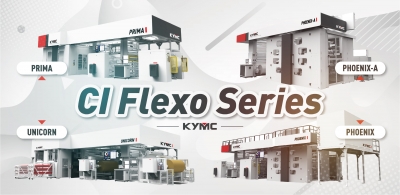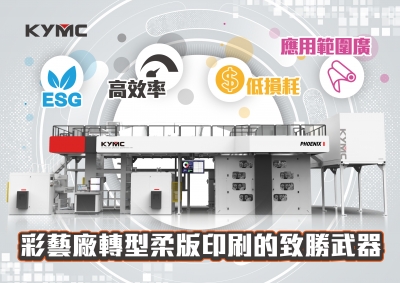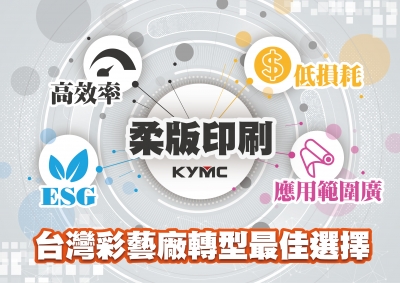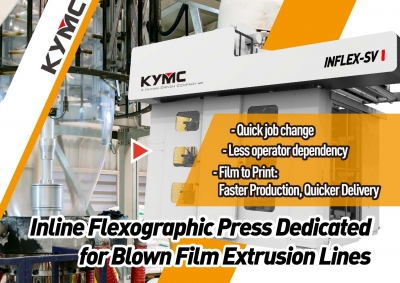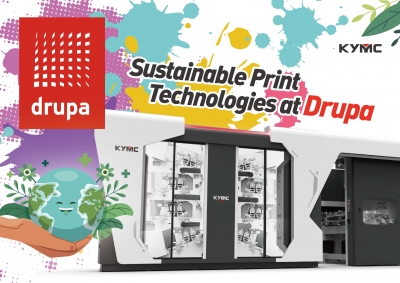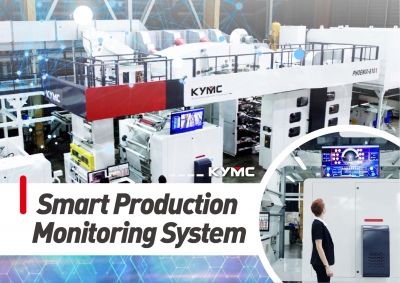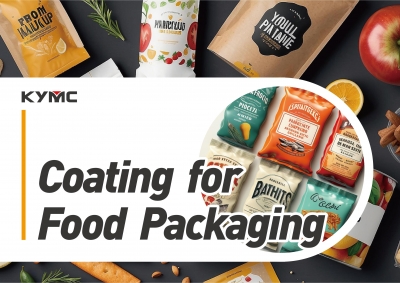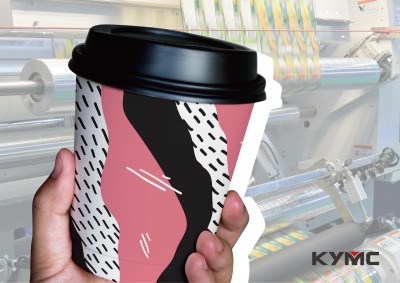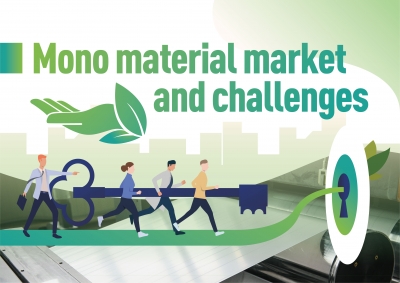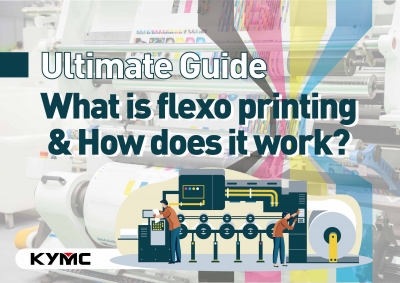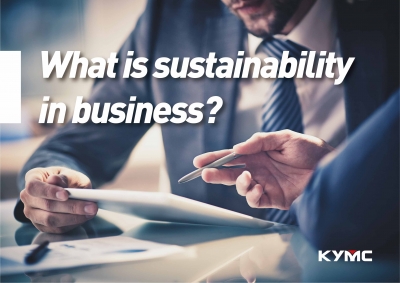Technical
| Subject | Images |
|---|---|
When purchasing a CI (Central Impression) flexo press, several factors need to be considered. First, the machinery must comply with local environmental and safety regulations. Additionally, it’s important to ensure the press can meet the production requirements for your expected orders. In terms of efficiency, printing speed, ease of job changes, and the level of automation will directly impact the production capacity. One of the most time-consuming aspects is controlling the total cost within the budget. Moreover, selecting a reputable supplier is crucial to ensure quality and after-sales service. Finally, the ease of operation and operators training should also be taken into account. With many different types of CI flexo presses available on the market, considering all relevant aspects and choosing the right machine is critical for your company's success.
柔版印刷具備多項優勢,包括適用於各種印刷材料、可使用水性油墨以大幅降低 VOC 排放,並且印刷速度極快。因此,它對環境更加友善,符合全球環保意識抬頭的趨勢,使柔版印刷不僅在先進國家廣受採用,更逐漸成為全球市場的主流。
Phoenix 是坤裕精機(KYMC)推出的最暢銷衛星式(CI)柔版印刷機,專為有意轉型至柔版印刷的業者打造,能夠協助企業快速、順利地完成轉型。對於邁向柔版印刷的領域而言,Phoenix 不僅是得力助手,更是柔印業界值得信賴的最佳夥伴。
根據 Smithers 的市場報告,包裝印刷市場規模預計將從 2024 年的 5,120 億美元增長至 2029 年的 6,950 億美元,年複合成長率(CAGR)達 6.3%。這一市場的快速成長主要得益於電子商務的蓬勃發展、食品外送市場的興起以及消費者對食品安全的日益重視。對於台灣的彩藝印刷業而言,抓住這些機遇將是突破現有困境並實現永續發展的關鍵。那麼,彩藝廠應如何成功完成升級並掌握印刷包裝市場的成長機會呢?這將是未來企業在激烈競爭中取得優勢的核心策略。
With a shared commitment to advancing sustainable packaging solutions, KYMC, a leading flexo printing machine manufacturer, and Toyo Ink Co., Ltd., an artience group company and a prominent provider of ink and coating solutions, are poised to make a significant impact at drupa 2024. Embracing innovation, Toyo Ink has developed a range of functional inks and coatings tailored specifically for sustainable packaging applications. Complementing this initiative, KYMC has engineered printing machines capable of simultaneously printing and coating with these functional inks and coatings. Together, the two firms are gearing up to showcase their collaborative efforts in sustainable packaging solutions at the drupa 2024 exhibition.
An upgrade to an ergonomic press design can turn into a more efficient production process. This is critical in a fast-paced world of printing and converting, where productivity and flexibility make all the difference. A digital kanban system for monitoring and managing the operation can contribute greatly to an ergonomics process. To be able to centrally monitor the real-time production status at the different press locations prevents unnecessary waste caused by walking back and forth around the machine. Walking back and forth to obtain status info at the different stations can be prevented. As a result, an improved ergonomic friendliness for the operator and at the same time reduced unnecessary time spent on gathering data.
Keeping it fresh, containing the grease, controlling gas exchange, and preventing light penetration and aromas leaking are the main functional aspects of coating in food packaging. From an aesthetic perspective, coating helps the food to look as attractive as possible to the consumer. With the growing demand for convenient food due to the busy urban lifestyle, the need for preserving the food and marketing it to the consumers is also growing. According to Vantage Market Research, the food coating market is valued at USD 3.3 billion in 2022. It is projected that the food coating market will reach a value of USD 4.99 billion by 2030 at a CAGR of 6.12% between 2023 and 2030. So how does coating work, and what are the mainstream coatings on today’s market?
Flexo printing or flexographic printing is a printing process that can be applied to many substrates, including porous materials (paperboards, corrugated boards, paper) and non-porous materials (plastic films). The process can also accommodate various ink types (water-based ink, solvent-based ink, UV inks and EB-curable inks). It is one of the most common printing methods for flexible packaging, corrugated board printing, paper cup printing, paper bag and plastic bag printing, and sanitary product(diaper/pads) printing.
























